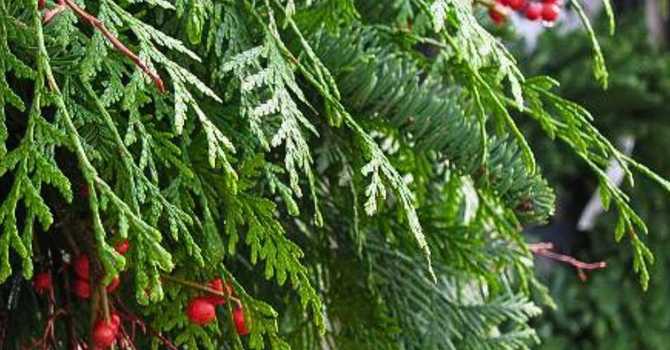
Rhubarb is a perennial vegetable that adds that tangy, tart flavour to dessert menus, sauces, fruit combos, and compotes.
It’s also hard to beat for pies and crumbles! Rhubarb is so very useful in our cooking and yet, far too few are being grown in our gardens, even small space ones. We mention this now because early spring is an ideal time to plant rhubarb.
YOU can grow rhubard
Rhubarb is very hardy, even in the Prairies, so it will do well in the Fraser Valley. There are a number of good varieties; about ten or so are available in our region. ‘Crimson Cherry’ has large red stalks, ‘Strawberry’ is a thinner red stalked type, and ‘Victoria’ is, perhaps, the most well known with large greenish-red stalks. All of these are great for the home garden.
![]()
![]()
The harvesting
Whatmany folks don’t know is rhubarb plants need to become established for at least a year before you can begin to harvest. Most rhubarb varieties are sold as root chunks divided up into one or two-eyed shoots, but if you can find a well-established container grown plant, so much the better. Plant rhubarb at the soil line so just the eyes or new shoots are barely above ground. You’ll need well-drained soil, and raised beds are ideal. Working lots of well-rotted manure into the soil and dipping the roots in a root booster or fish fertilizer solution will do wonders to give the plants a good start. If you set out more than one clump, keep them about 3 ft. (1m) apart.
Once growing
As they start growing, keep feeding them, especially with root starter fertilizer to get the roots well established. A top dressing of composted steer manure to keep them growing, particularly in late spring, is beneficial as well. If white flower stalks appear, cut them off at the base so all the plant’s energy goes into developing the foliage. As they continue to develop, in late spring they often tire out and that’s when some slow-release 14-14-14 fertilizer will help them along.
When to harvest?
Well-established plants can be harvested for about 5-8 weeks, but make sure lotsof stalks are left on the plant to keep it growing vegetatively. Once the weather turns hot or the stalks become thin, stop harvesting, and let the plant recover. When you harvest rhubarb, do not use a knife but rather pull the stalks away in a sideways motion to get a clean break. Leaving short bits on the plant can cause decay on the root. Remember that the leaves of a rhubarb plant are poisonous, so don’t eat the leaves and don’t put them in your garden compost, either.
Rhubarb is a perennial and will thrive for many years, even tolerating light shade. In Europe, there is a whole industry built on forcing it early with pots and pails turned upside down overtop the plants to ensure harvesting 3-4 weeks earlier.
Rhubarb is such an easy plant to grow… the hardest part will be waiting for a year to be able to harvest those delicious stalks!



